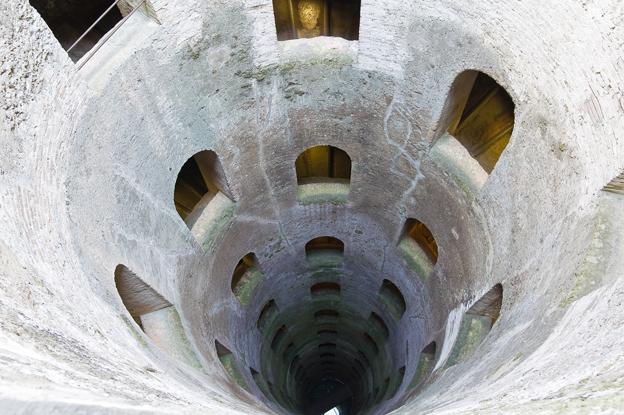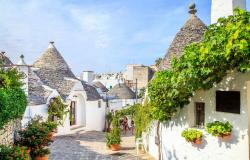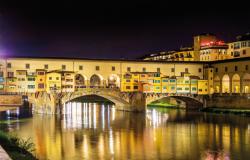Orvieto's Underground Side
ITA:

There are two sides to Orvieto: the superficial one, in the sense of ‘above the surface’ – the first Orvieto that visitors see, the lively borgo in Umbria rich of architectural jewels. Then there’s the ‘other’ Orvieto, the one that was build underground.
The city set on a cliff is matched by a city carved in the tuff. Underground Orvieto has more than 1,200 tunnels, galleries, wells, stairs, quarries, cellars, unexpected passageways, cisterns, and superimposed rooms. In the past, many homes of noble families featured secret escape tunnels carved from the soft rock which were used to escape away from the city walls in the case of siege.
Parco delle Grotte is the name given to the large underground complex with 1,200 caves dug since the times of the Etruscans up until the Middle Ages, which for a long time remained a secret.
The Pozzo di San Patrizio is possibly underground Orvieto’s favorite attraction. A historic well, it was built by architect-engineer Antonio da Sangallo the Younger between 1527 and 1537, after Pope Clement VII had retreated to Orvieto to flee the sack of Rome, when the city was attacked by the troops of Holy Roman Emperor Charles V in 1527. The well would serve to supply water to the city in the event of a siege. The Pozzo di San Patrizio is 53 meters deep and 13 meters large, and has two spiral ramps in a double helix, which allowed mules to carry empty and full water buckets in downward and upward directions without obstruction.
Pozzo della Cava is another attraction, with nine caves, and a history that goes back many centuries, to the time when Orvieto was known as Velzna, and was a major center of Etruscan civilization.
Sono due i lati di Orvieto: quello superficiale, nel senso di 'al di sopra della superficie' – la Orvieto che i visitatori scorgono subito, vivace borgo ricco di gioielli architettonici. Poi c'è l' 'altra' Orvieto, quella che fu costruita nel sottosuolo.
Alla città su una rupe corrisponde infatti una città scavata nel tufo. La Orvieto sotterranea ha più di 1.200 tunnel, gallerie, pozzi, scale, cave, cantine, passaggi inaspettati, cisterne, stanze sovrapposte. In passato, molte case di famiglie nobili avevano tunnel di fuga segreti scavati nella roccia morbida che venivano utilizzati per fuggire lontano dalle mura della città in caso di assedio.
Parco delle Grotte è il nome dato al grande complesso sotterraneo con 1.200 grotte scavate fin dai tempi degli Etruschi sino al Medioevo, e per lungo tempo rimasto un segreto.
Il Pozzo di San Patrizio è probabilmente l’attrazione preferita della Orvieto sotterranea. Un pozzo storico, fu costruito dall'architetto-ingegnere Antonio da Sangallo il Giovane tra il 1527 e il 1537, dopo che papa Clemente VII era fuggito a Orvieto in seguito all’attacco subito a Roma dalle truppe dell’imperatore Carlo V nel 1527. Il pozzo sarebbe servito a fornire acqua alla città in caso di assedio. Il Pozzo di San Patrizio misura 53 metri di profondità e 13 metri di larghezza, e ha due rampe a spirale che formano una doppia elica, che consentivano alle bestie da soma di trasportare i secchi d'acqua vuoti e pieni in direzioni opposte senza ostruirsi.
Il Pozzo della Cava è un'altra attrazione, con nove grotte, e una storia che risale a molti secoli fa, al tempo in cui Orvieto era conosciuta come Velzna, ed era un importante centro della civiltà etrusca.











